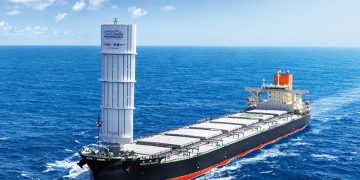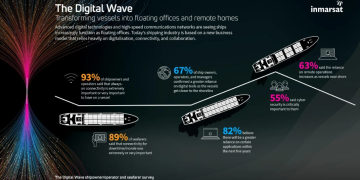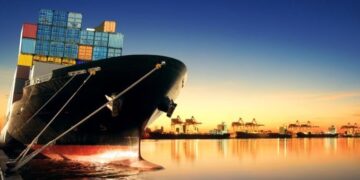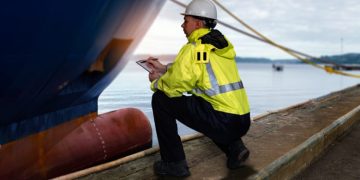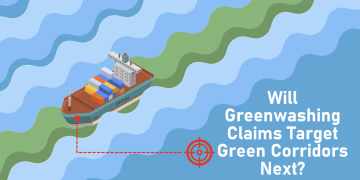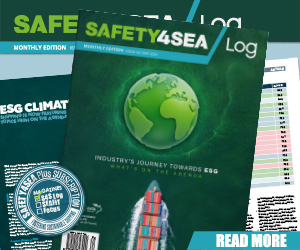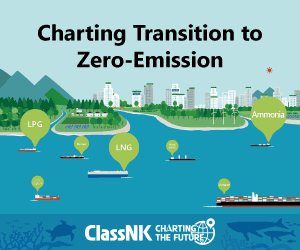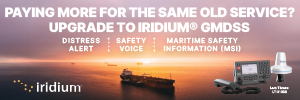How will new ECA regulations impact voyage planning?
A drastic shift in the paradigm for selecting routes transiting sulfur emission control areas is nearly upon us. With fuel differential costs between IFO and Ultra Low Sulfur fuel on the order of USD 300 to 400 per ton, the methodology for voyage planning will enter a completely new realm as of January 1, 2015 when ECA zones have stricter regulations. Mike O'Brien, senior operations manager at Applied Weather Technology, Inc. (AWT) addresses the new regulations' impacts on voyage planning The Evolution of SECA and ECA It is well known to the shipping community that the SECA (sulfur emission control area) of the Baltic and North Seas as well as the North American ECA (emission control area) were defined in Annex VI of MARPOL 1997. The regulations specified a gradual step down in the percent amount of sulfur present in the fuel being consumed. Heavy fuel oil prior to July 1, 2010 contained up to 4.5% sulfur. The initial phase mandated sulfur content reductions to 1.0% in both the SECA and ECA areas. Phase two of the process comes into force on January 1, 2015 further reducing the sulfur limit to 0.10% in both the SECA and ECA areas. Approaching the Problem ...
Read more











